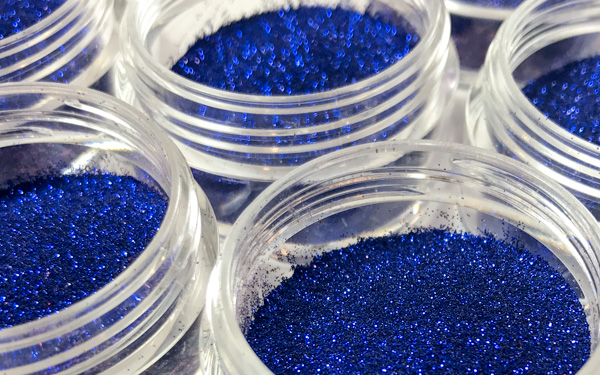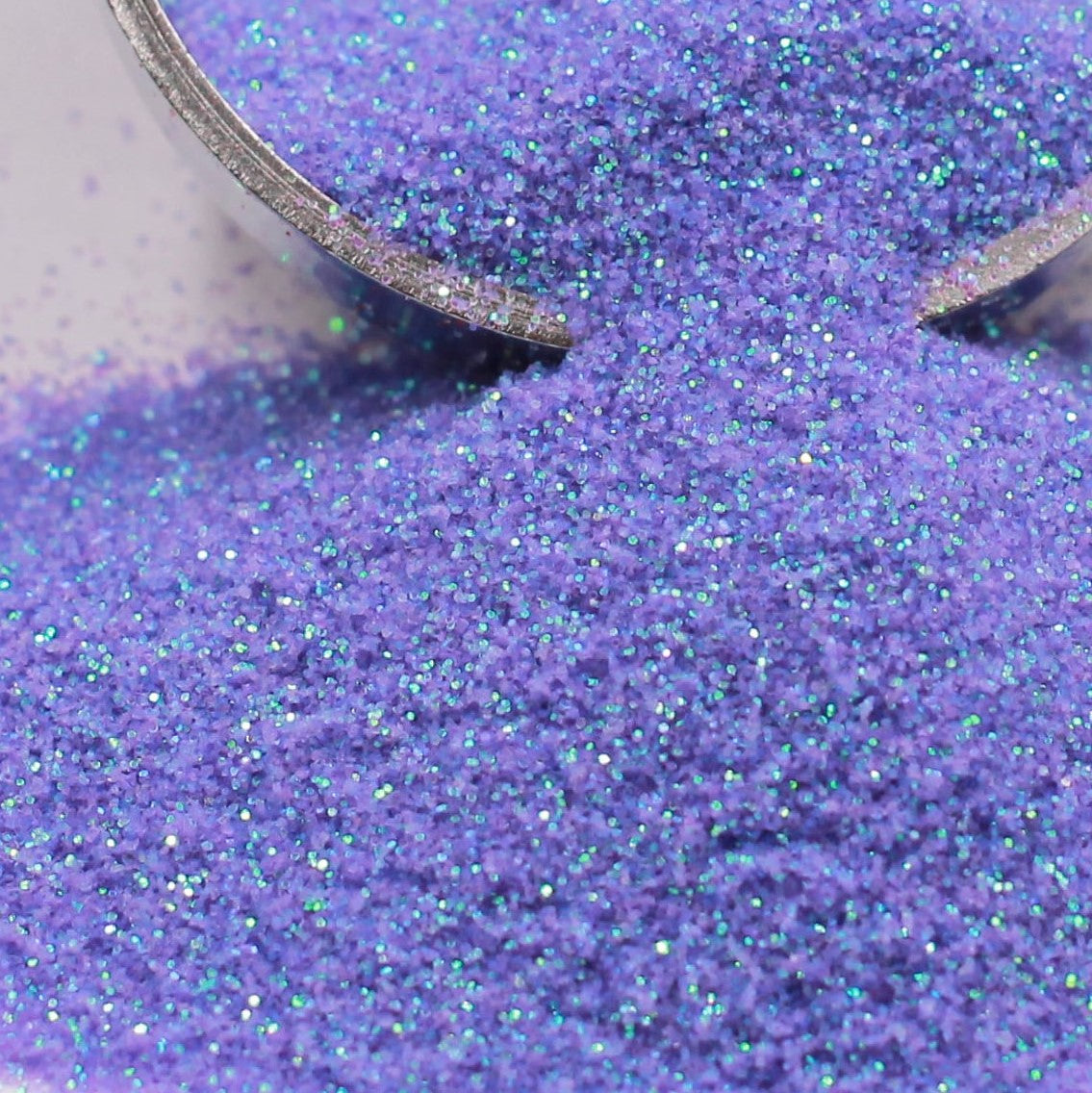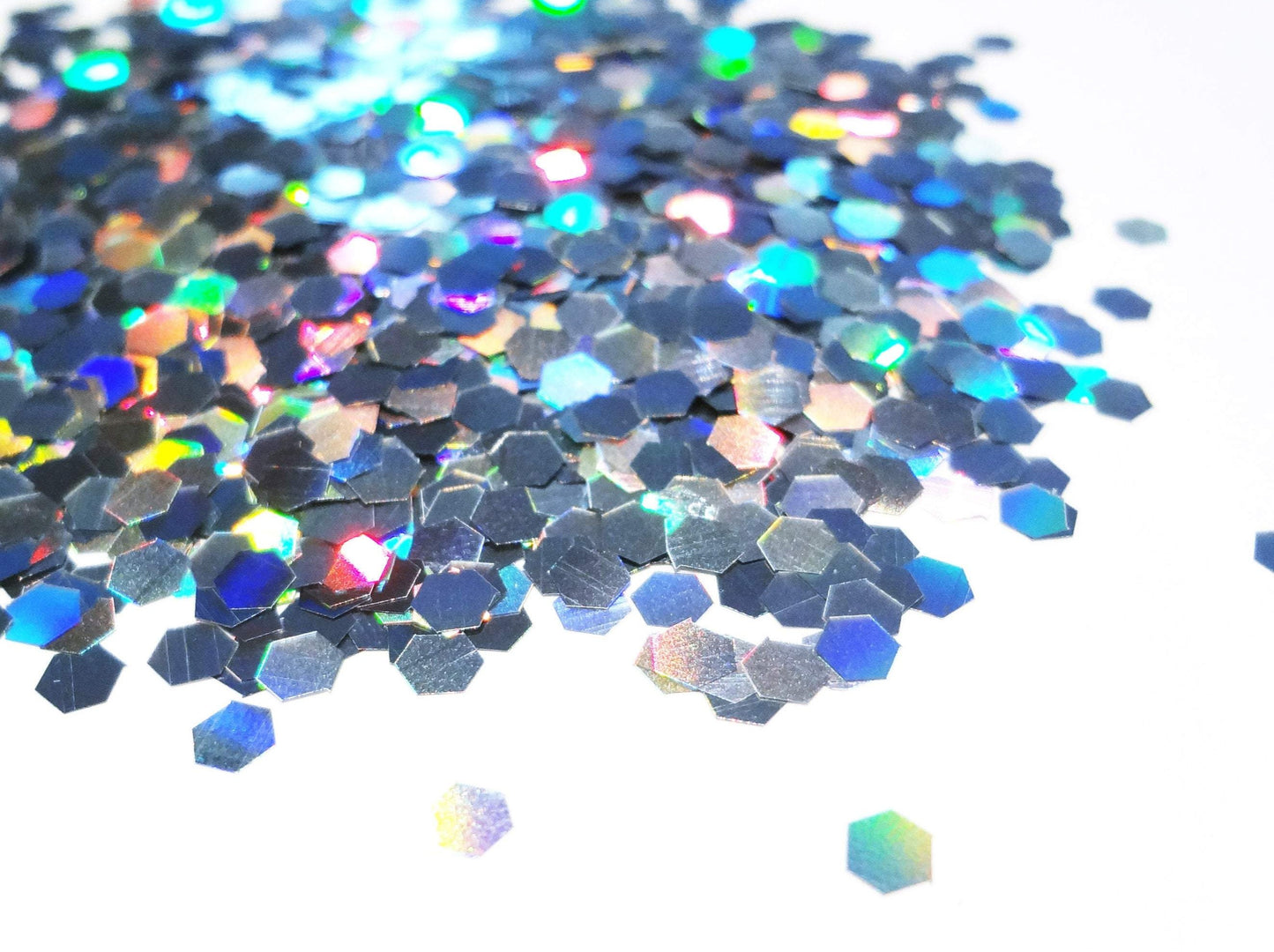Glitter is much more than just tiny, shiny particles; it's a symbol of joy, creativity, and celebration. Made from materials such as plastic, metal, or even plant-based substances, these minuscule pieces reflect light to create a dazzling array of colors. Whether sprinkled on crafts, embedded in cosmetics, or used in fashion, glitter adds a touch of sparkle to our everyday lives, transforming the ordinary into the extraordinary.
| Type: |
Usage: |
What Does It Look Like? |
| Opaque |
It is a solid glitter, you cannot see through it. Very sparkly! |
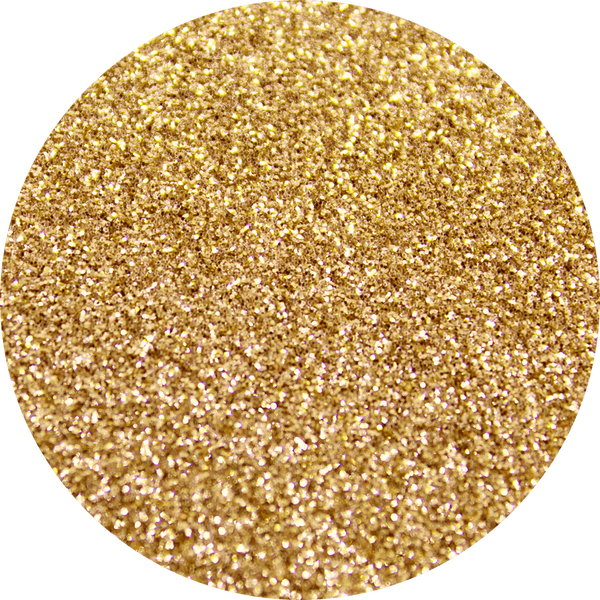 |
| Translucent |
This is glitter you can see through or transparent. It is more muted tone, bordering on matte, but still has lots of sparkle. |
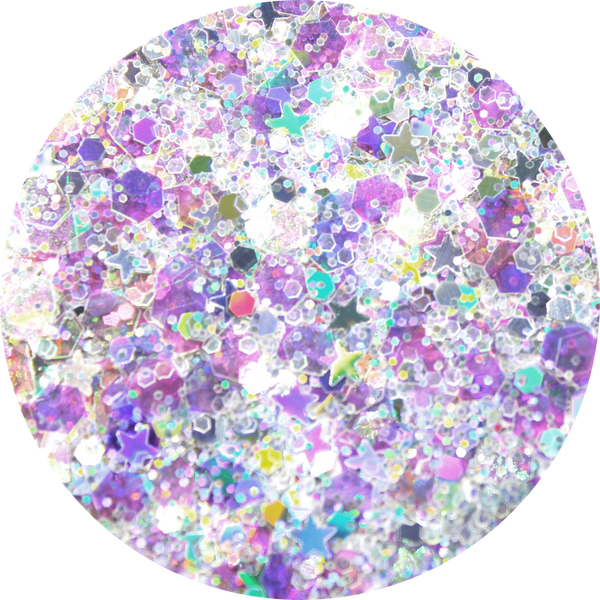 |
| Matte |
Matte glitter has a beautiful shine and color, but very little to no sparkle. |
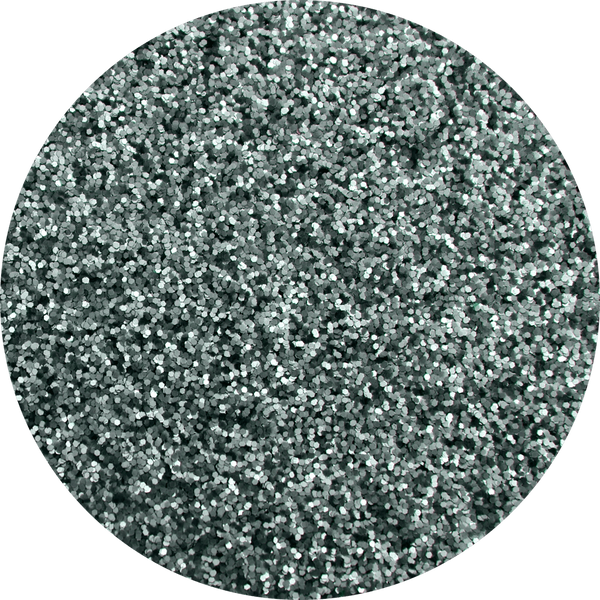 |
| Iridescent/Opalescent |
Semi-transparent/translucent, but sparkles with a rainbow of colors, like an oil slick or an opal. |
 |
| Holographic |
Opaque sparkling glitter. Reflective change of colors using two or more. ie., change from yellow to green or have a rainbow effect. |
 |
| Neon/Fluorescent |
This is similar to matte in that it has beautiful shine and color, but little to no sparkle with neon coloration. |
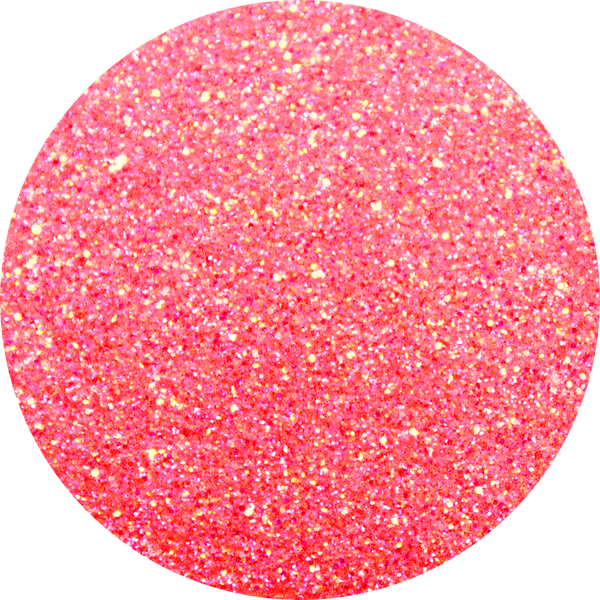 |
| Chunky Mix |
Can be any combination of glitters. The best sparkle out of all types. |
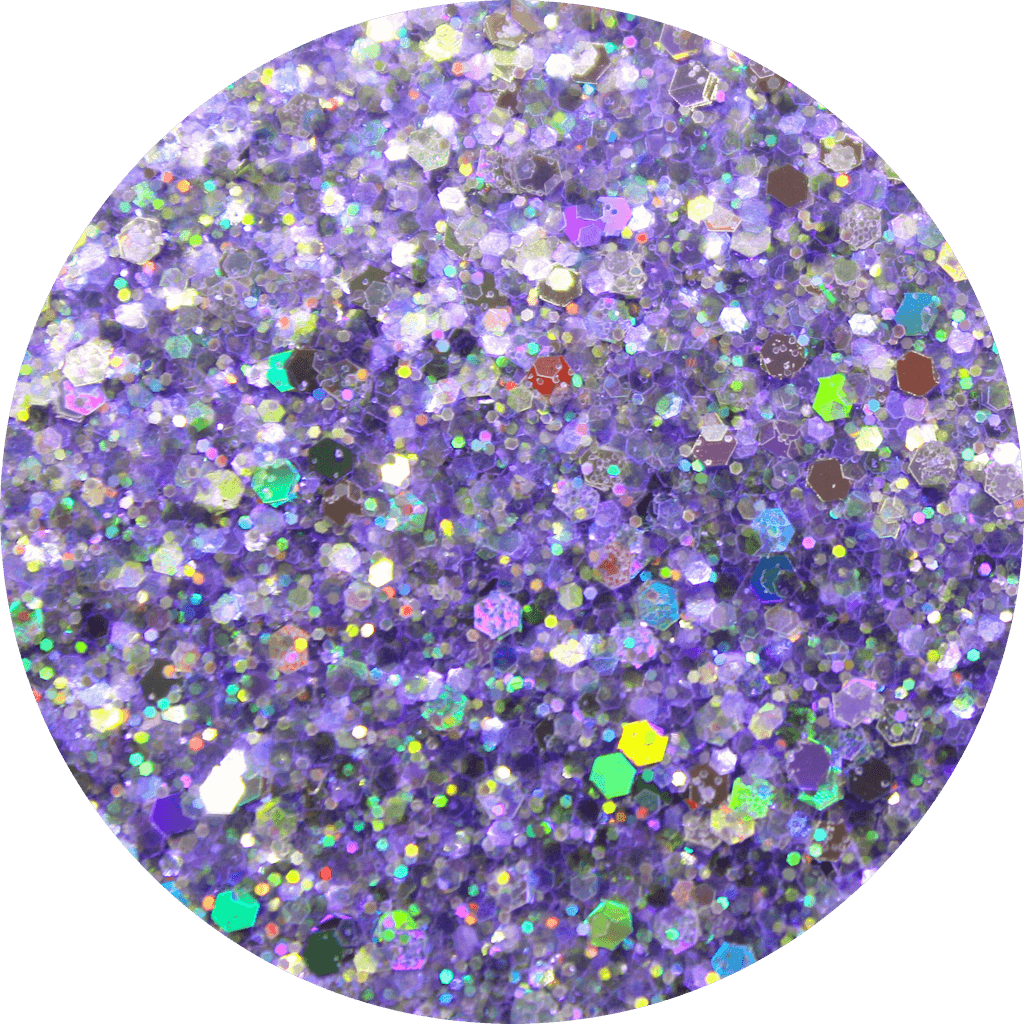 |
| Color Shift |
A glitter that changes color with the movement of the glitter. Usually only contains two colors. |
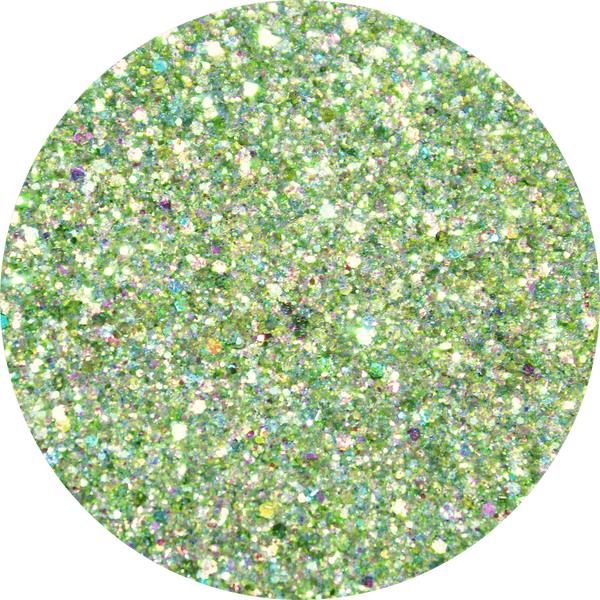 |
| UV Glitter |
Glitter that glows while under a black light. Can also be used to describe the glitters that change color when exposed to sunlight. |
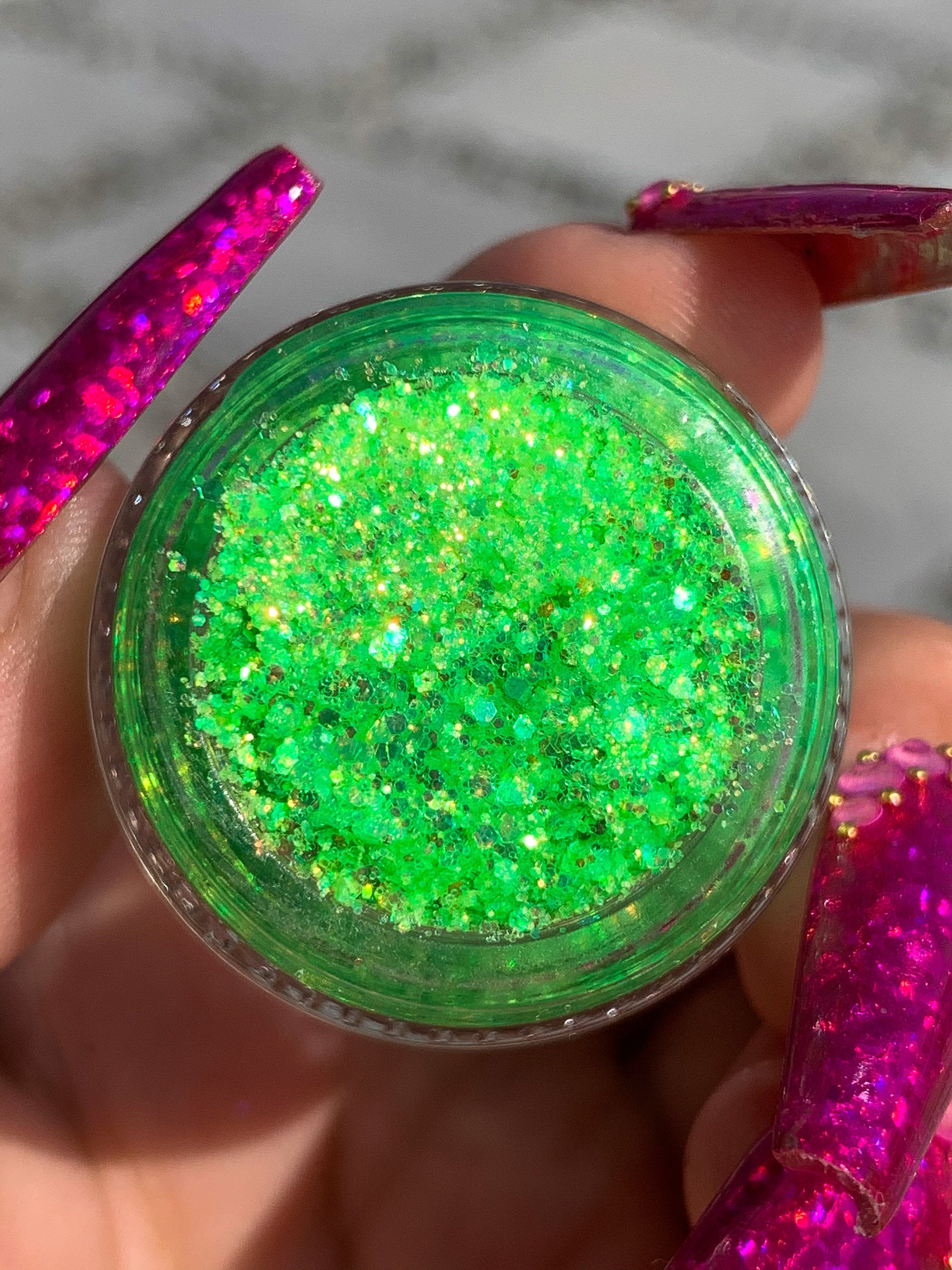 |
| Glow in the Dark |
Kinda self-explanatory. |
 |
| Thermochromic Pigment |
Changes color when exposed to heat. Changes back to original color when cold. |
 |
